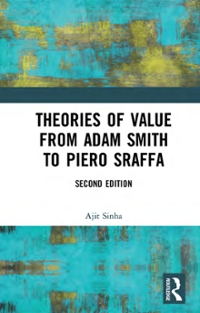Question
Consider an economy with three dates {t=0, 1, 2} and the following relationship between a private equity firm and the portfolio company CFA (Cash Free
Consider an economy with three dates {t=0, 1, 2} and the following relationship between a private equity firm and the portfolio company CFA (Cash Free Agency) Inc. The portfolio company has a product that generates the following cash flow.
At t=1, the demand can be high or low with equal probability. If demand is high (low) the cash flow is CF1H=800 (CF1L=240).
At t=2, the demand can also be high or low. If demand was high at t=1, then a high demand at t=2 arises with probability 0.8. If demand was low at t=1, then a high demand at t=2 arises with probability 0.2. If demand is high (low) at t=2 then CF2H=800 (CF2L=240).
The interest rate is r=0%.
(a) Draw the event tree. [3p]
(b) What is the market price (expected value) of CFA Inc. at t=0? [3p]
Now suppose the private equity firm suggests CFA Inc. to invest in marketing at t=0. The marketing costs are K=1000. Marketing has the following effect. In the high demand state more consumers are rich and with marketing the demand for the product doubles at t=1 and t=2. In the low demand state at t=1 and t=2 marketing has no effect.
(c) Should CFA Inc. invest in marketing at t=0? [4p]
Now suppose the firm can invest K/2(=500) at t=0. In that case, marketing doubles demand at t=1 in the high state but has no effect in the low state and no effect on demand at t=2. Only if CFA Inc. invests an additional K/2(=500) at=1, then this doubles demand in the high state at t=2 and has no effect in the low state. The firm can invest at t=1 even if it does not invest at t=0.
(d) What strategy maximizes the value of CFA Inc. and what is the firm value?

Step by Step Solution
There are 3 Steps involved in it
Step: 1

Get Instant Access to Expert-Tailored Solutions
See step-by-step solutions with expert insights and AI powered tools for academic success
Step: 2

Step: 3

Ace Your Homework with AI
Get the answers you need in no time with our AI-driven, step-by-step assistance
Get Started


